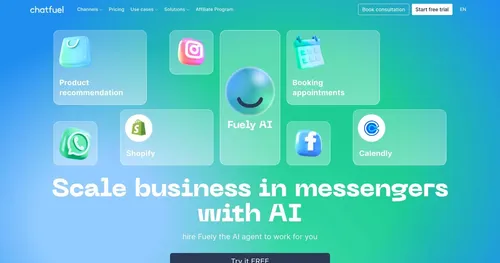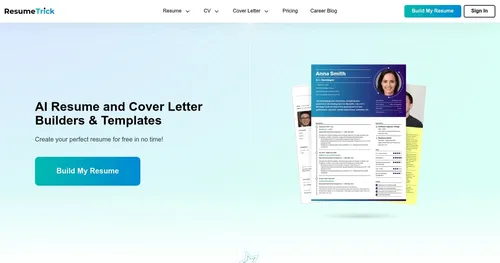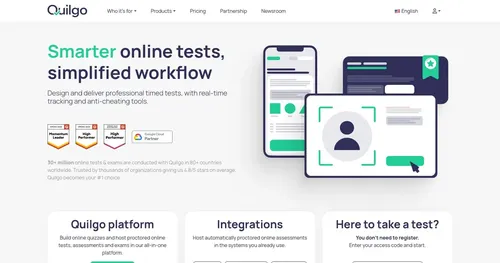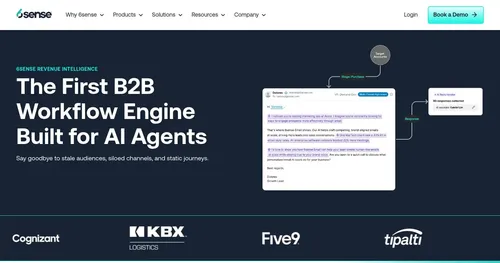Cover Letter Copilot
Crafting a cover letter that stands out feels like trying to nail a perfect pitch in a noisy room. You want to sound authentic, hit the right notes, and not get lost in the shuffle. Cover Letter Copilot steps in like a seasoned coach, promising to whip up a polished, job-specific letter in under a minute. I think it’s a bold claim, but does it deliver? Let’s break it down.
The platform’s core strength is its speed. You upload a resume, paste a job description, and boom — Cover Letter Copilot churns out a letter tailored to the role. It uses advanced natural language processing, likely built on GPT-4o for its free tier, to analyze your experience and align it with the job’s needs. The result? A letter that feels like you wrote it, not a robot. It’s ATS-friendly, meaning it’s optimized to slip past those pesky applicant tracking systems that scan for keywords. I like how it pulls details from your resume and LinkedIn to mimic your tone, making the output feel personal. For job seekers juggling multiple applications, this is a time-saver. No more staring at a blank page, wondering how to start.
But it’s not flawless. The free tier limits you to one unblurred letter per day, which might frustrate those applying to several jobs at once. Paid tiers unlock unlimited letters and access to advanced models like GPT-5, but you’ll need to weigh if the upgrade’s worth it. Compared to competitors like JobCopilot, which also offers job application automation, or Microsoft Copilot, which integrates with Word for broader writing tasks, Cover Letter Copilot is laser-focused on cover letters. JobCopilot’s automation might appeal to those wanting a one-stop job application tool, while Microsoft Copilot’s versatility suits broader creative needs. Still, Cover Letter Copilot’s niche focus gives it an edge for quick, targeted outputs.
What surprised me? The built-in text editor. It’s simple but lets you tweak the AI’s draft easily, adding a personal touch or fixing awkward phrasing. The platform also saves your resume for future use, cutting down repetitive inputs. However, the AI sometimes leans too heavily on your resume, potentially missing creative spins you might want to add. And while it’s great at matching job descriptions, it might not always capture the company’s culture unless you feed it specific details.
For job seekers, this tool is a solid pick. It’s not perfect, but it’s a reliable shortcut. My advice? Use the free tier to test it for one or two applications. Tweak the output to add your flair, and double-check for any generic phrases. If you’re applying in bulk, consider the paid plan, but compare it with JobCopilot’s broader features first.
Video Overview ▶️
What are the key features? ⭐
- AI-Generated Cover Letters: Creates tailored cover letters in under 60 seconds.
- Resume Integration: Extracts experience from uploaded PDFs for seamless input.
- Built-in Text Editor: Allows quick edits to refine AI-generated drafts.
- ATS Optimization: Ensures letters align with applicant tracking system keywords.
- PDF Download: Exports polished cover letters in PDF format.
Who is it for? 🤔
Examples of what you can use it for 💭
- Recent Graduate: Crafts a cover letter highlighting internships for entry-level roles.
- Career Changer: Tailors a letter to align past experience with new industry jobs.
- Busy Professional: Generates quick letters for multiple job applications.
- Non-Native English Speaker: Produces polished, natural-sounding cover letters.
- Freelancer: Creates targeted letters for contract or consulting opportunities.
Pros & Cons ⚖️
- ATS-friendly outputs
- Easy resume integration
- PDF export option
- Free tier limits output
- May lack creative flair
FAQs 💬
Related tools ↙️
-
 Chatfuel Lite
Powerful AI chatbot builder taking customer communication to the next level
Chatfuel Lite
Powerful AI chatbot builder taking customer communication to the next level
-
String Builds AI agents from natural language prompts
-
 Resume Trick
An AI-powered tool that helps you create professional resumes, CVs, and cover letters
Resume Trick
An AI-powered tool that helps you create professional resumes, CVs, and cover letters
-
 Quilgo
An AI tool that lets you automate online assessments, exams, and interviews
Quilgo
An AI tool that lets you automate online assessments, exams, and interviews
-
 6sense
An AI-driven platform for B2B organizations, enabling them to achieve predictable revenue growth
6sense
An AI-driven platform for B2B organizations, enabling them to achieve predictable revenue growth
-
Photes.io Converts photos, PDFs, audio, and videos into structured text notes using AI

